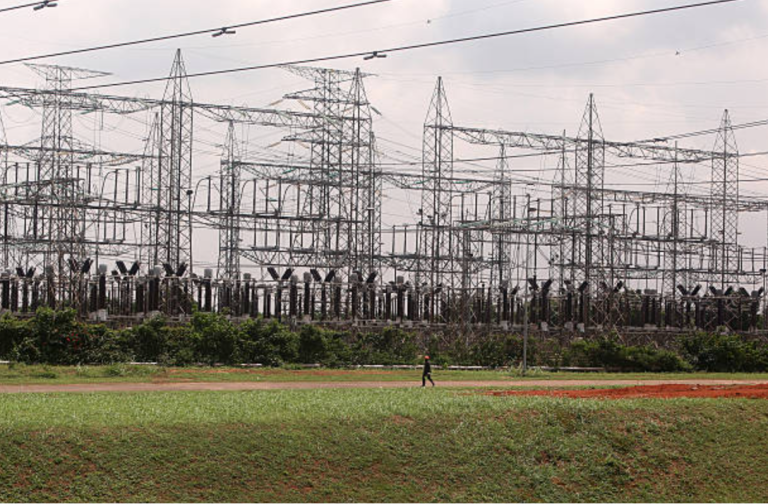Nigerians have had to rely on backup generators to cover a staggering 40% of their electricity needs, according to a recent report by the International Energy Agency (IEA).
Also, the country’s national power grid experienced 46 collapses between 2017 and 2023.
2023 was marked by an alarming increase in nationwide blackouts. One significant incident occurred on September 14, when the entire grid went dark due to a fire outbreak on a major transmission line. This disruption further underscored the critical issues plaguing Nigeria’s power infrastructure.
The report noted:
- “Nigeria endured a nationwide blackout lasting approximately ten hours on 14 September 2023. The grid collapsed due to a fire on a major transmission line.
- “The country has grappled with recurrent power failures, totaling 46 grid collapses between 2017 and 2023. Nigeria’s grid continues to face issues due to aged infrastructure and vandalism.”
The problem with Nigeria’s power sector
The IEA report points to a combination of factors contributing to this dire situation. Aged infrastructure, rampant vandalism, and insufficient maintenance have all hampered the stability of the country’s power grid. Despite having a total installed capacity of approximately 13 GW, the available capacity in 2023 remained dismally low, hovering around 4.5 GW.
The report read:
- “In 2022, 73% of Nigeria’s population had access to electricity, an increase of more than 70 million people during the past decade.
- “Although the country has a total installed capacity of about 13 GW, average available capacity remained around 4.5 GW in 2023 due to a combination of factors such as deteriorating units, poor maintenance, and liquidity constraints.
- “Unreliable power supply due to limited grid infrastructure, underinvestment, and ineffective regulatory frameworks have resulted in an estimated 40% of all the electricity consumed in the country being produced from backup generators.”
Nigeria generates 75% of its electricity from natural gas
The report also sheds light on Nigeria’s electricity generation composition in 2023. Natural gas played a dominant role, accounting for 75% of electricity generated on the main grid.
This dependence on natural gas is expected to persist until 2030, as outlined in Nigeria’s Energy Transition Plan. However, it is projected to decline significantly by 2050 as the country explores more sustainable alternatives.
Potential for renewables and solar
The IEA report anticipates an increase in the adoption of renewable energy sources in the coming years. Renewables are forecasted to experience steady growth, with a compound annual growth rate of approximately 8% between 2024 and 2026.
Hydropower, driven by the completion of the Zungeru project, is expected to account for a substantial portion of renewable energy generation, producing an estimated 2.6TWh per year.
Solar photovoltaic (PV) is also poised for rapid growth, with an average annual growth rate exceeding 50% over the next three years.
While Nigeria grapples with its energy woes, the shift towards renewable energy sources offers a glimmer of hope for a more reliable and sustainable power supply in the future.

